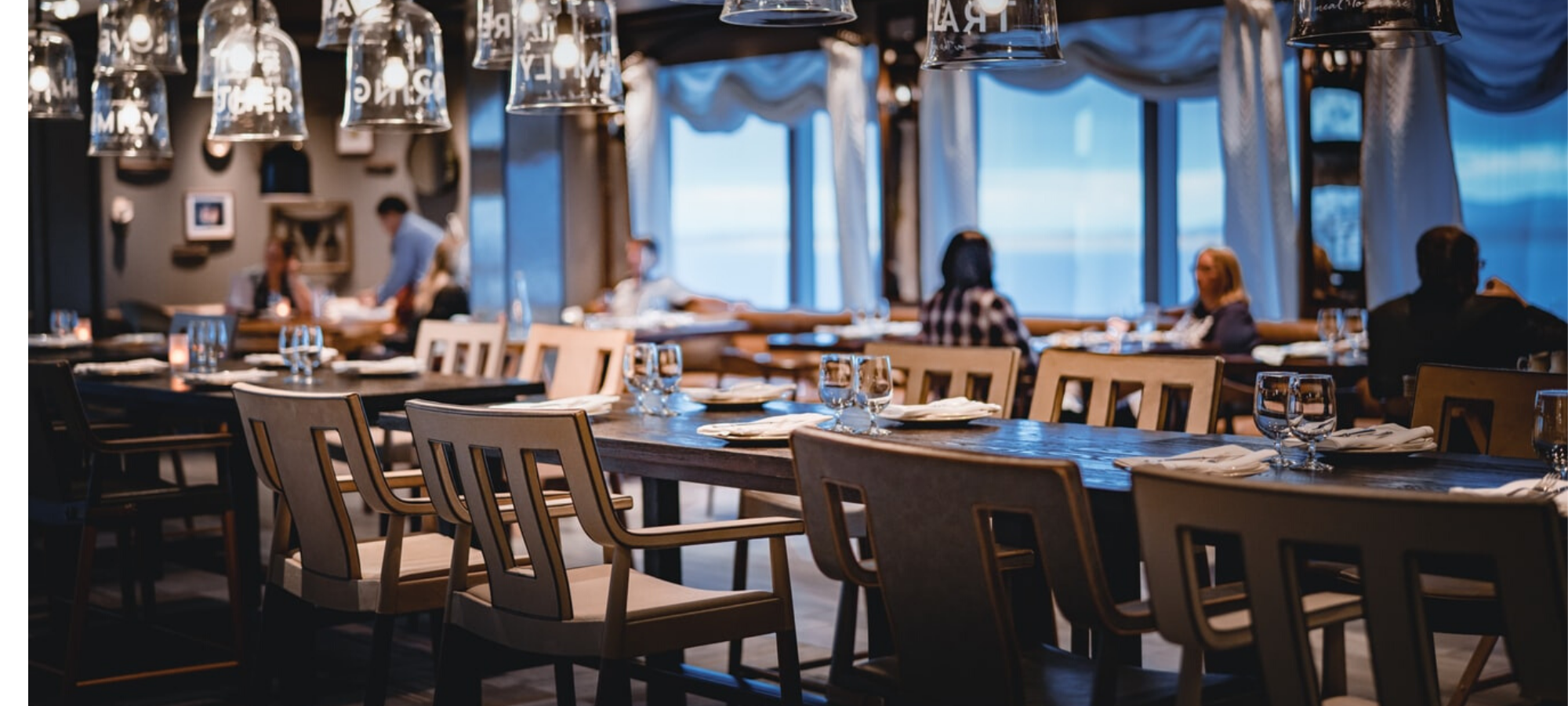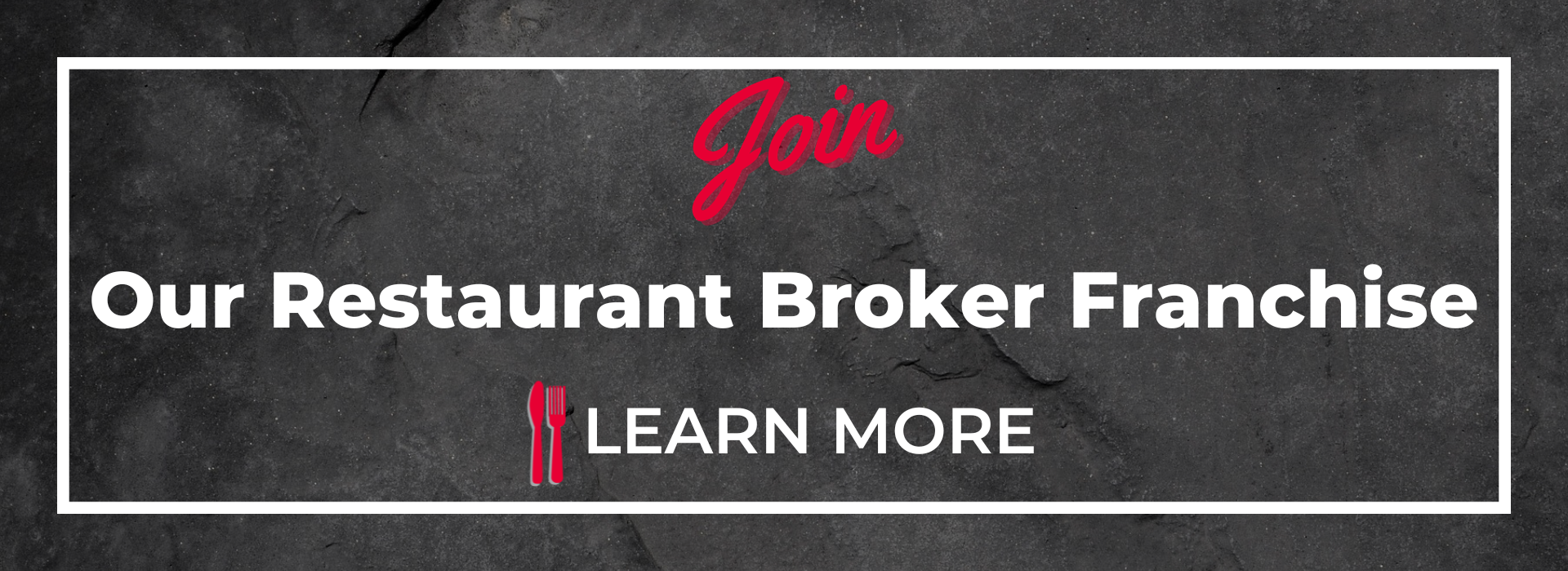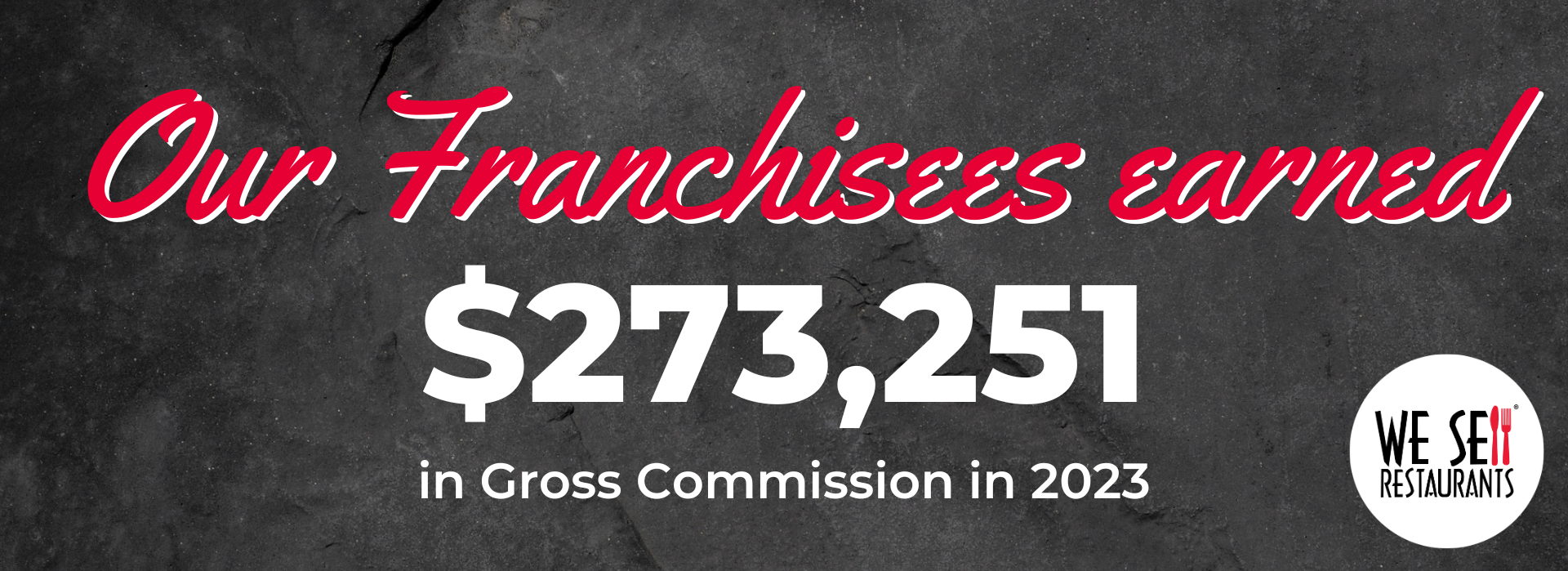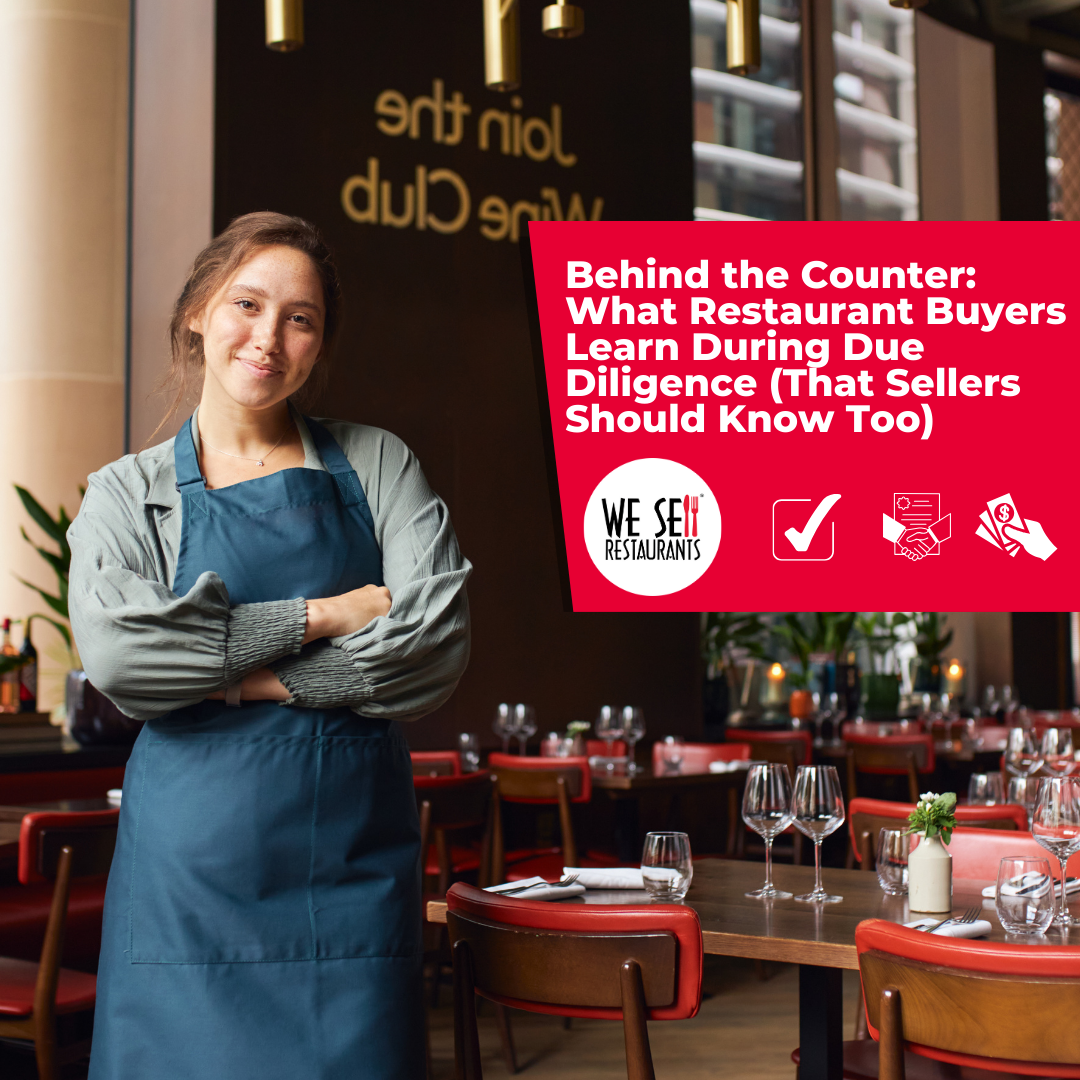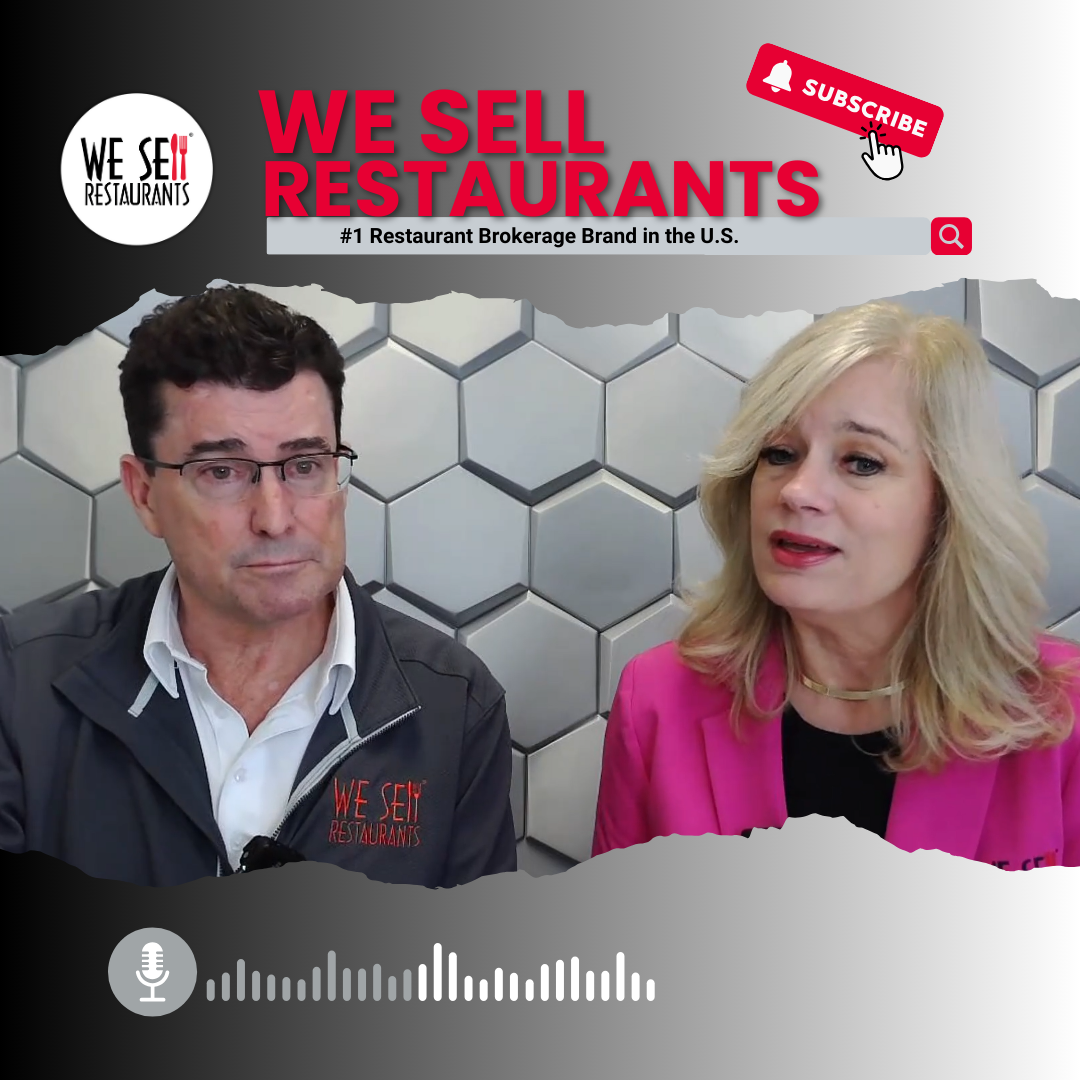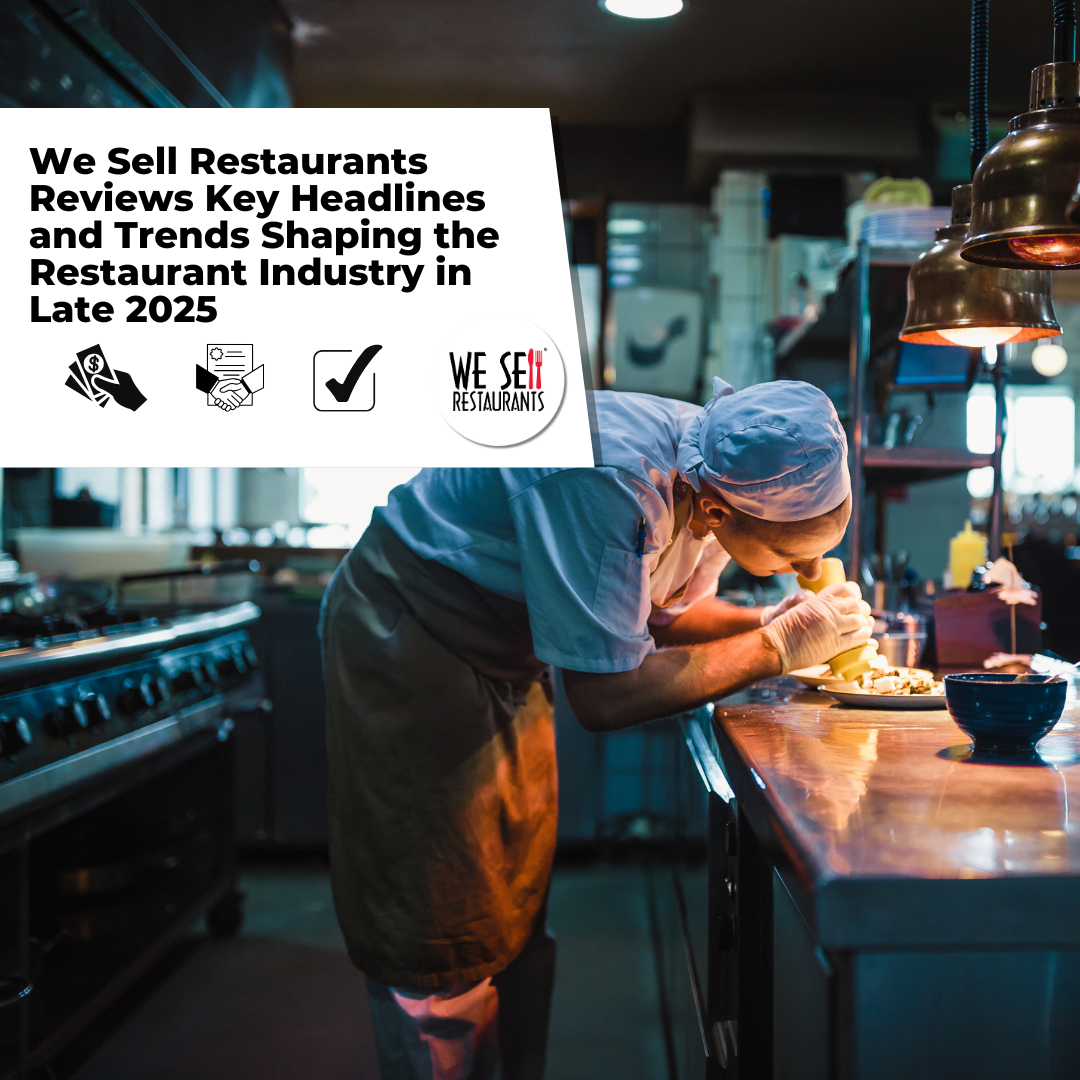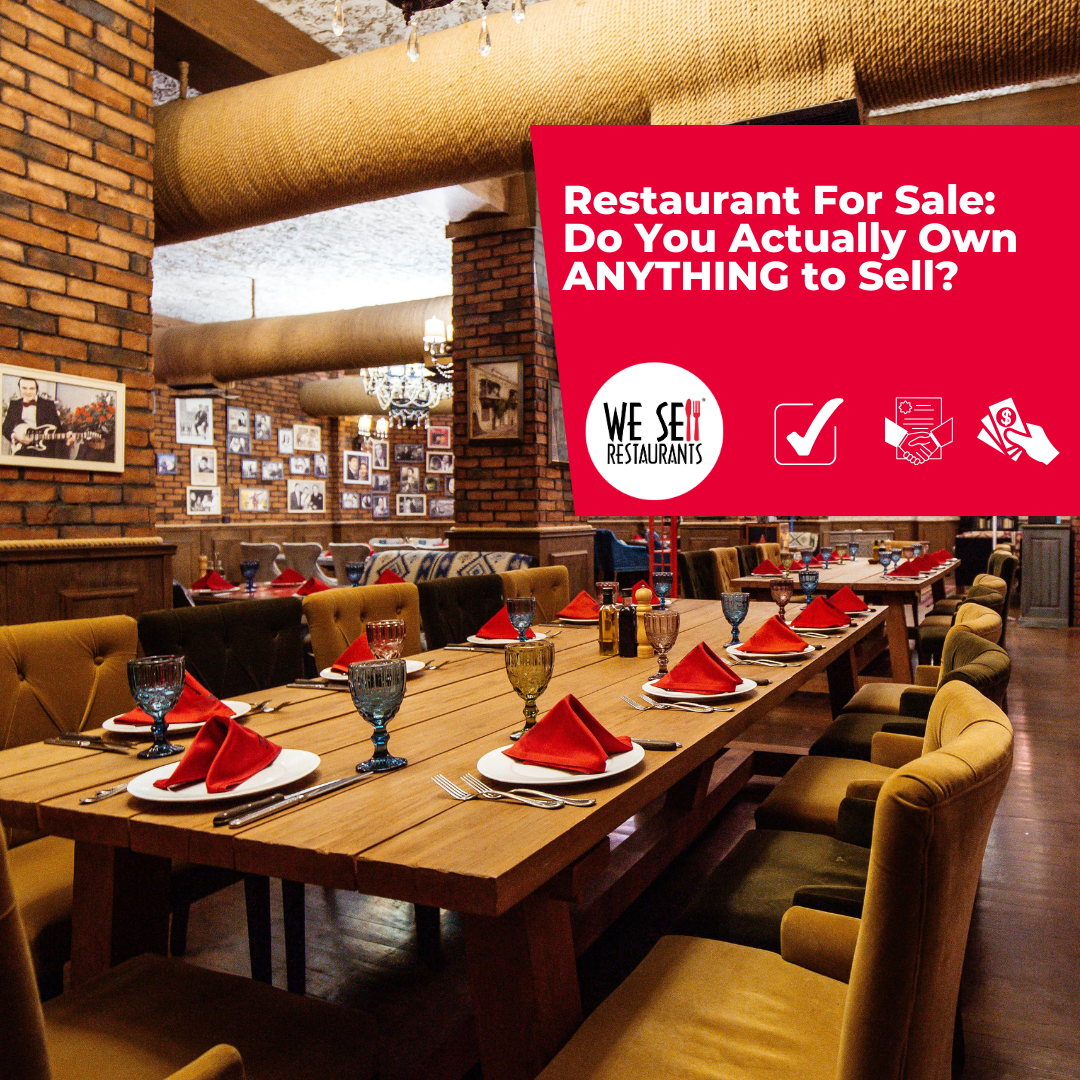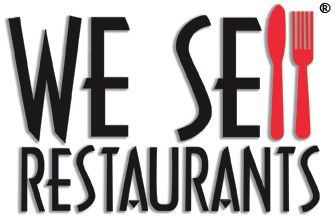What happened to restaurant sales in 2017? Well the Restaurant Brokers at We Sell Restaurants are studying the latest data released by accounting firm BDO. Here are some of the findings from their report and our analysis.
For the first time in recent memory, restaurant same-store sales were flat in 2017 with no increase over the prior year. According to the BDO article, "The year was marked by continued change in consumer preferences, but positive economic indicators and improved consumer confidence failed to convert to more comparable sales for restaurateurs.?
In a world of increasing costs, creeping rents, rising labor rates and other economic pressures on the business, this report on restaurant sales can seem a bit discouraging. What happened in 2017?
The big hit to the industry was in the fast casual category. As it's a large percentage of the overall base, where fast casual goes, so goes the industry. Their negative trend contributed heavily to the overall flat performance. As reported by BDO, the fast casual segment was down 1.6 percent for the year. In the opinion of these restaurant brokers, this is partly a reaction to the "me too" trend that affects the business each time winning concepts emerge. For the past five years, the growth in the number of fast casual concepts, all fighting for a piece of the pie has led to many options for customers and an overall shrinking share. You did not have to be a restaurant broker to see this one coming. When the best performer in the industry was Chipotle who was comping negative 20 percent sales against the prior year, it's a signal that there are too many players all vying for the same customer. We actually expect this trend to continue.
Why was fast casual hit the hardest? The economic news is good and consumers have more money in their pocket. However, the inverse of what occurs when the economy is bad is now taking place. Customers trade up to the next level of dining. The other reason for the drop in 2017 is the slowness of fast casual to adopt to delivery trends. Operators did not want to give up dollars to Grub Hub, Uber Eats, Door Dash and the other giants of delivery. By holding back, they cost themselves sales. They are now seeing that the topline sales increase may be worth the profit swap as those in the delivery funnels are getting the dollars from time challenged customer. We anticipate more fast casual concepts will be tying their menus to this delivery wagon and it will rebound some sales for them.
One sector did outperform the others. Pizza topped the list with a 2.9 percent increase in the year. That was below their 2016 trend of plus 4.6 percent however. We expect pizza to continue to perform but the options for delivery may continue to slow their performance against the overall market.
Other sectors reported as follows in the BDO results:
- Quick serve posted a modest 0.8 percent increase through Q4 2017. The category was led by Carrols Restaurant Group (+5.2 percent), Taco Bell (+4.0 percent), and McDonald’s (+3.6 percent).
- Upscale casual and casual reported flat results for the year at -0.1 percent and 0.0 percent, respectively. Texas Roadhouse was the top performer in the casual category, reporting a 4.5 percent increase for the year, while Applebee’s (-5.3 percent) continued to struggle.
There is encouraging news for the future as some investments in 2017 will pay off this year. Restaurant owners spent money on technology, delivery partnerships, new concepts, menu upgrades, and experiences. There's no instance success button for restaurant sales. We anticipate that with continued strong consumer confidence, actual results in the market from the tax cuts, and greater emphasis on joining the delivery bandwagon, fast casual and the total industry will post better results in 2018.
/REST-The-Counter-FY-2017_table-x675.jpg.aspx)

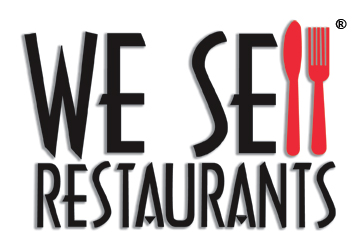
 404-800-6700
404-800-6700.png)
